Brain’s immune cells show intriguing links to autism
Emerging evidence indicates that microglia, the brain’s immune cells, are altered in some individuals with autism, raising questions about their role in brain development, says Beth Stevens.
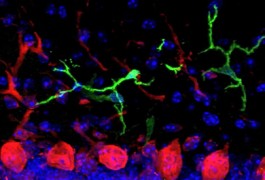
Emerging evidence indicates that microglia, the brain’s immune cells, are altered in some individuals with autism, raising questions about their role in brain development, says Beth Stevens.
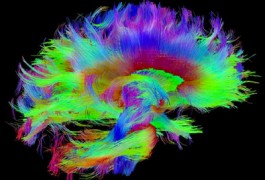
New techniques to scan the brain can produce exquisitely detailed views of white matter, which contains the long cellular fibers that connect neurons. Many of the advances are emerging from the Human Connectome Project, a five-year push to map the brain’s wiring.

It is possible to discover relationships between autism genes simply by reanalyzing existing datasets, says Alan Packer.
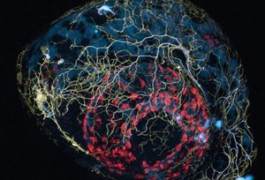
Fish engineered to express fluorescent proteins allow researchers to follow the paths of migrating mitochondria, the cell’s energy producers, according to a study published 14 November in The Journal of Neuroscience.
Solving the riddle of autism genetics will require looking beyond the growing list of candidate genes to epigenetics and personalized medicine.
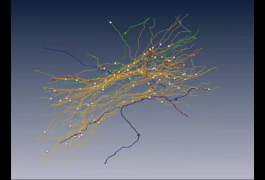
Researchers have developed a method to fix and stain intact mouse brains for electron microscopy, according to a study published 21 October in Nature Methods. The technique allows them to trace the paths of neurons as they project across the brain.
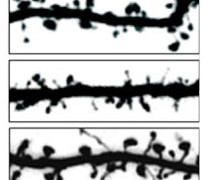
An autism-linked protein called CASPR2 promotes the development of dendrites, the bushy structures atop neurons that receive signals from other neurons, according to a study published 30 October in Proceedings of the National Academy of Sciences. Lowering CASPR2 levels leads to sparse dendrites and few synapses, the junctions between neurons.
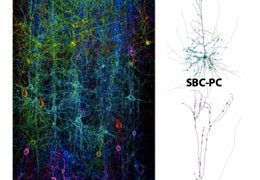
Researchers are assembling a virtual reconstruction of the brain by piecing together simulations of thousands of neurons, they reported 16 October in the Proceedings of the National Academy of Sciences. They used this model to show that most junctions between neurons form randomly and not as the result of chemical signals.
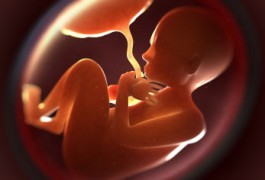
As the central organ regulating maternal-fetal interactions, the placenta is perfectly positioned to mediate environmental and genetic risk factors during prenatal development. It may also relay risk factors for autism to the fetus, says Paul Patterson.
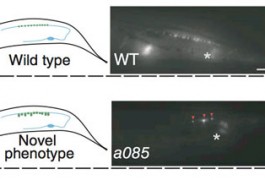
A new tool can sort through a population of mutant nematodes and identify those with altered neuronal connections, according to a study published 19 August in Nature Methods.